It is time to try out for the volleyball team. No matter how experienced you are, the thought of your skills put to the test is intimidating. Depending on the intensity of the team you aim to make, you could be feeling anything from confidence to anxiety.
Before you enter the court, remember the words of Darrel Royal, football coach for Mississippi State University, the University of Washington, and the University of Texas. “Luck is what happens when preparation meets opportunity.” The key to showcasing your talent is to prepare for the tryout.
In this article, you will find suggestions on what to do to prepare for the tryout. The key to success is not just knowing what to do but also in practice. The tips below are best showcased when they feel natural and not forced.

1. Check your attitude
Although this has nothing to do with your actual skill, most coaches prefer a player with a willingness to learn, respectful demeanor, and encouraging personality over someone of near-equal skill that is a negative-nelly. A positive player builds the entire team up and fosters an environment where players are comfortable to get out of their comfort zones and try skills they may at first fail on, but eventually land. This asset is imperative to creating a unified force.
Appreciation is a secret weapon. Coaches notice the player who says “thank you” after advice is given, or “yes, Coach,” following a direction. When a coach provides critical feedback and the player displays coachability, meaning they can apply the directive without appearing offended, it stands out. Start this habit by practicing it with everyone around you. When tryout day comes, you will be naturally appreciative of the fact the coach is providing players a chance to be a part of a team.
Positivity is the last factor. When another player lands a perfect spike or impressively dives to get a ball, tell them, “good job.” If another person is struggling to serve and finally understands the technique, cheer for them. Show the coach you are there to better the entire team and not just out for yourself.
Of course, read the room. You don’t want to talk over the coach or do this for attention – it should be a natural part of your personality to encourage others. Ensure your focus is on talking about volleyball and not the gossip of the day. Like appreciation, add that in now, so when the time comes, it feels natural to you.
Click here for 5 Attitudes You Need for Athletic Success
2. Show up prepared
When you walk in for tryouts, you should look like you know what you are doing. The gear doesn’t make the player, but if you are coming to the tryout in flipflops with a blowout, the coaches will take note. Know what a volleyball player needs and look the part.
- Kneepads
Kneepads are an essential part of indoor volleyball. Look for kneepads that wrap around the knee and allow motion. Make sure you try on your knee pads before buying. You do not want them falling on you or cutting off circulation. Most come in Small/Large or Large/Extra Large. Ensure there is adequate padding for the knee. - Shoes
If you have volleyball shoes, wear them. If you do not, ensure the shoes you are wearing are non-marking with enough traction that you will not slip on the court. The shoes need to be clean and dry. Don’t be the player who left dirt all over the court. Should you make the team, investing in a good pair of volleyball shoes will be necessary to protect your body. - Spandex and shirt
If you own spandex made for volleyball, wear them. If you have a t-shirt from a past team or tournament, wear it. This gives the first impression that you have an idea of what you are supposed to do. Do not worry if you do not own these things, athletic shorts and a t-shirt will suffice. Practice jumping with your shorts and shirt before the tryout to ensure no uniform malfunctions are lurking in the future. - Hair
A quick Pinterest search results in numerous braided volleyball hairstyles. While those are fun, they are not necessary for tryouts. Simply ensure your hair is pulled up and away from your face. If you have bangs that sweep in front of your eyes, use a sports headband to keep them away from your eyes. If you have a bob that cannot be pulled up, try to pull at least the front part up into a half ponytail, using a sports headband to keep the rest of the hair back. - Positions
Take the time to learn the names of each position and the numbers associated with spots on the court. There are six numbers. If your coach tells you to go to four, you want to know where he is referencing.
Familiarize yourself with each position and its unique role. The positions you want to know are as follows: Setter, Outside/Left Side Hitter, Middle Hitter, Opposite/Right Side Hitter, and Libero/Defensive Specialist.
Click here for a Simple Guide to Volleyball Positions and Rotations

3. Let your skills do the talking
With the right attitude and preparation walking into the tryout, the only thing left is your actual skills. If you never practiced volleyball before, look up some YouTube videos on how to practice off the side of your house or a garage. Find a friend to bump with, and pay attention to the footwork involved in hitting. Practice this until it feels natural, so you are not learning it for the first time during the tryout.
- Passing
Passing is listed consistently as a top skill. Be in ready position. Get low and be intentional about where the ball goes. Your main goal is to get the ball to the setter position. Work on accuracy. - Serving
Like passing, accuracy is imperative. Pick the serve that is your most consistent serve. Accuracy and consistency are the key factors for a best serve. Prepare your serve to go to various locations on the court, with control. - Hitting
Footwork and arm swing are critical for hitting. The approach should be strong. Research on YouTube consistent forms for hitting. Take it a step further and instantly get back into position for defense after the hit. - Setting
Your goal here is to have little or no spin on the ball. Use strong hands and quickly set the ball for the hitter. - Blocking
Make sure to control your body to stay off the net. Vertical jumps and transitions are essential. - Hustle and endurance
Do not hold back at tryouts. You may be competing against a person who has years of experience over you. You cannot control that. You can control how quickly you run for a ball, how many times you dive for a ball, and how quickly you get back into position. Coaches notice if you are hanging back or going for it. Make sure you hustle. Have the endurance to last through days of hustling.
Click here for 7 Basic Volleyball Skills for Beginners

4. Additional steps for preparing for volleyball tryouts
Attitude, preparation, and skills are vital steps for tryouts. Past these three key components, there are a few other steps that can help you feel the most prepared for your opportunity.
- Be in shape
Do not show up without at least getting in shape. If you do not belong to a gym, there are plenty of in-home options. Most app stores have workouts you can stream through your phone. Develop a routine. Add some runs and bikes in your workout for stamina.- Line Sprints: anywhere you can mark off distance is a place for line sprints. Have a variety of lines laid out in a row. Run to one and then back to the start. Then run to the next line, and back to the start. Repeat until you get to the far line and back.
- Lateral Movements: keeping your hands behind your back, place your feet shoulder-width apart. Jump from right to left and back. Your goal is to make your side to side movement more natural.
- Blocking: facing a wall, jump up with your arms outstretched as if blocking a ball. It is worthwhile to mark where the net would be for perspective. Repeat this from a still stance, a squat, and from a running approach. Your goal is not to touch the wall.
- Ball drill: have a partner roll a ball to one side of you. Run to touch it. As you reach it, another ball should be rolled to the opposite side. Your goal is to contact the ball before it moves past you. Ideal: have 10-15 balls so you can replicate the pressure of a game.
Click here for Improve Your Game by Training in the Volleyball Off-Season
- Diet
What you eat will impact your performance. Downing sugary and high-fat foods will leave you sluggish and with brain fog. Look up proper nutritional needs for athletes, including hydration. You are what you eat; make sure you are creating your best self.
- Club or rec volleyball teams
If you have the opportunity to join a team prior to the tryout, you will develop your skills and test out plays in real-time. This helps you gain experience, not just with volleyball but also with the concept of game-pressure. - Night and morning of the tryout
Get sleep. Eat a good dinner and a nutritious breakfast. If you have a full day before the tryout, make sure to drink water and eat properly. Equivalent to filling up your tank with gas and getting an oil change before a long car trip, what you put in you affects your output potential.
Go tryout
By preparing for your tryout, you ensure you put your best foot forward. Like the cliche, you only get one chance to make a first impression. Practice skills, focus on your attitude, look the part, and do a few extras to make that impression one that dazzles. In the words of the musical phenomenon Hamilton, repeat daily, “I am not throwin’ away my shot.”
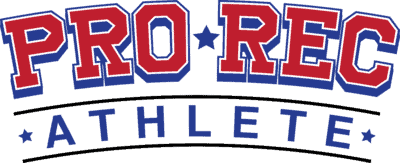
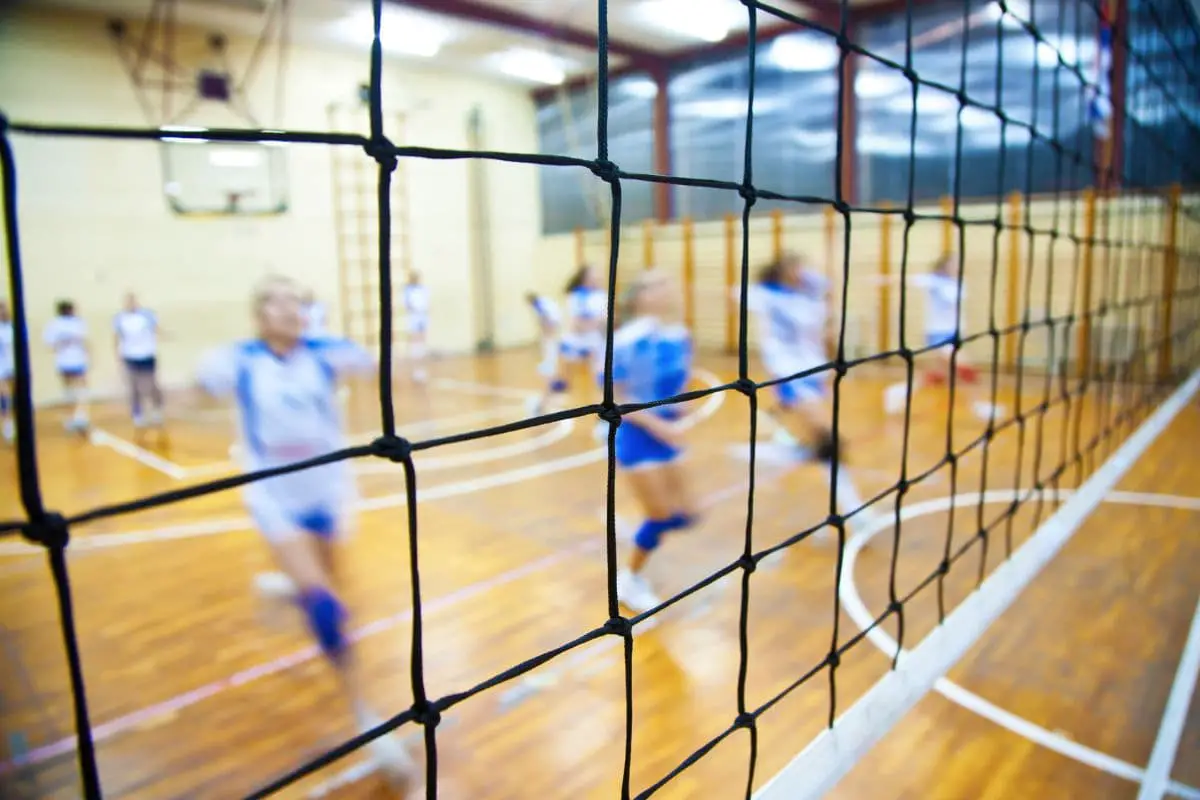
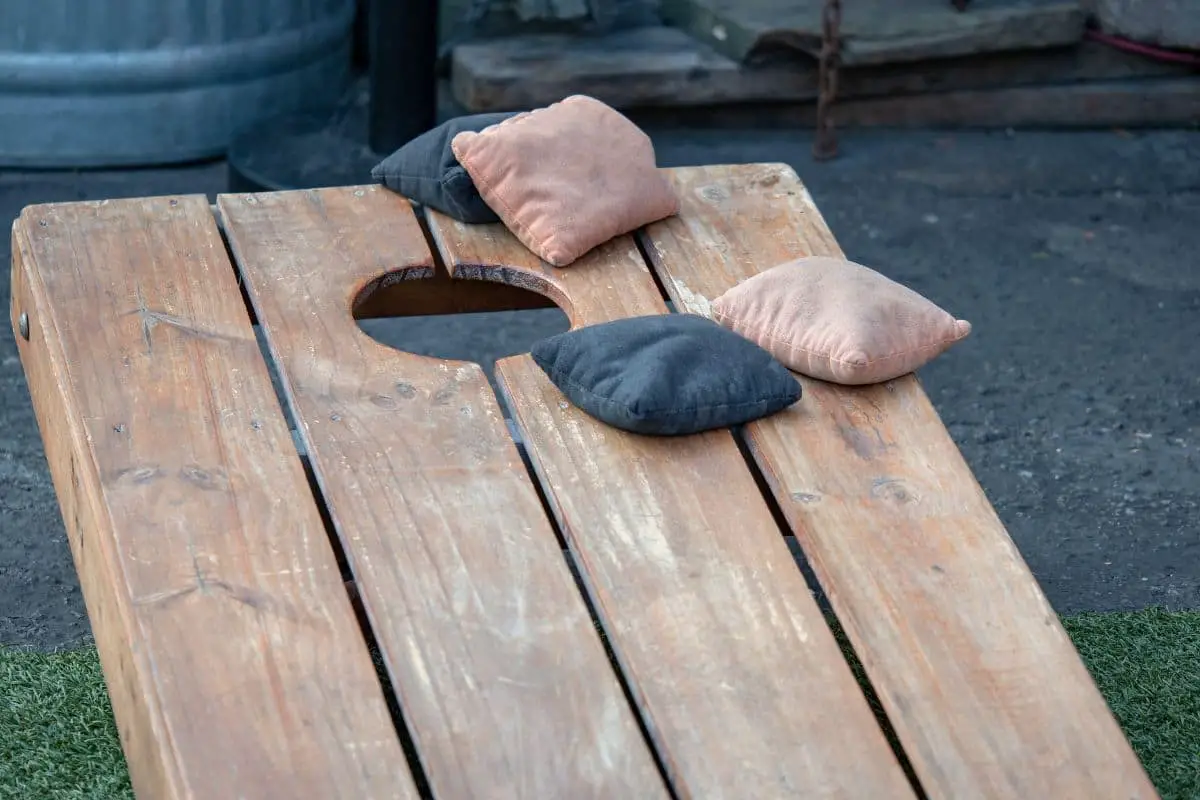
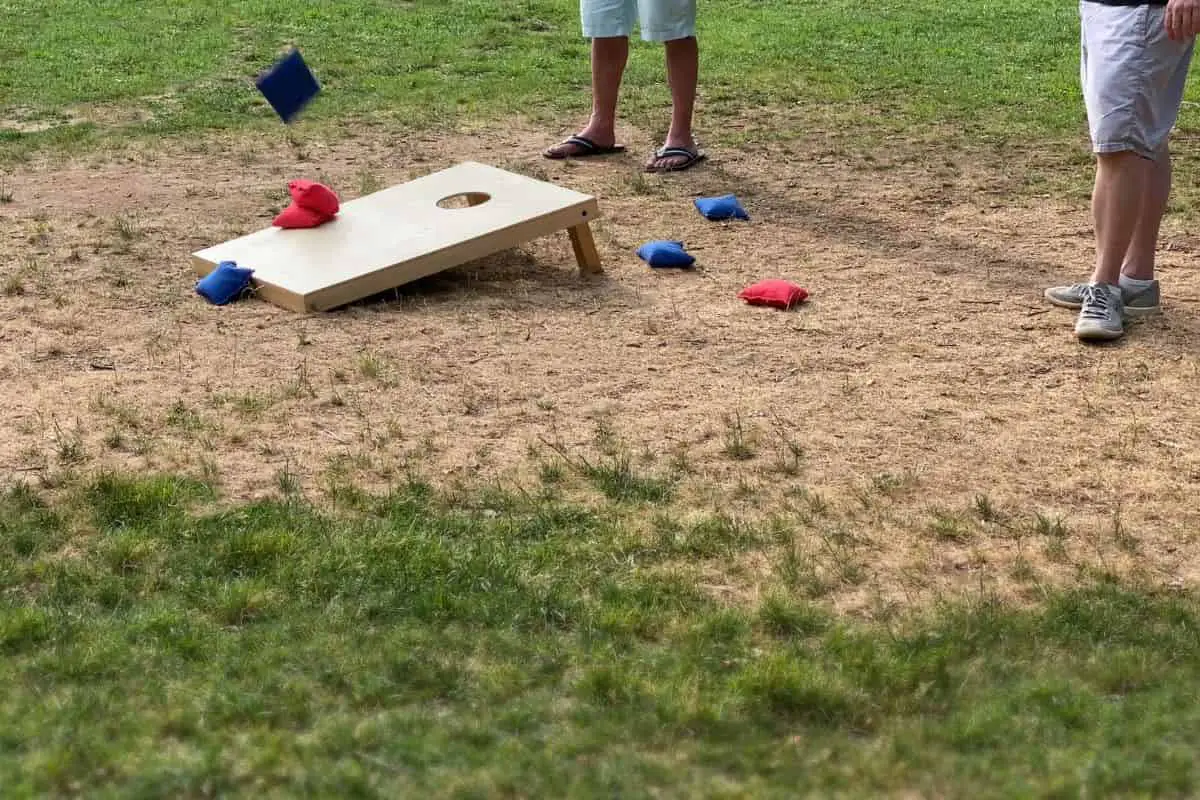
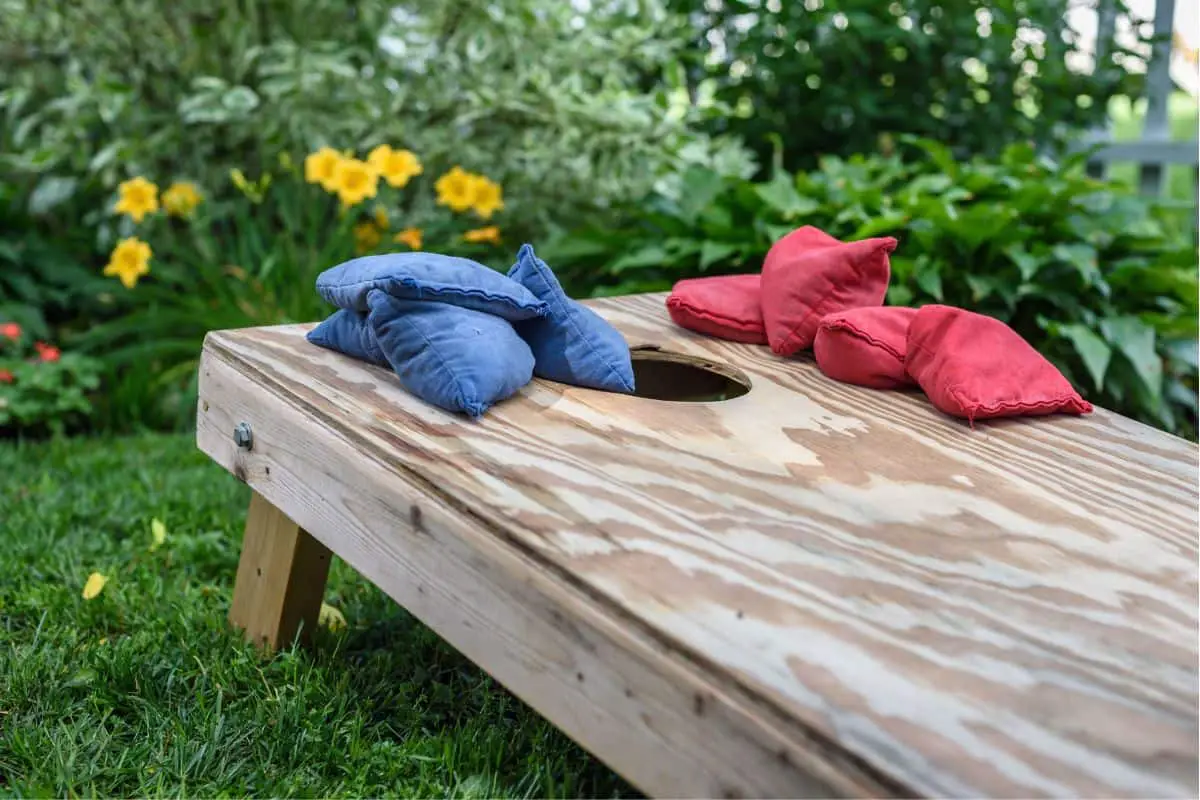

Leave a Reply
You must be logged in to post a comment.